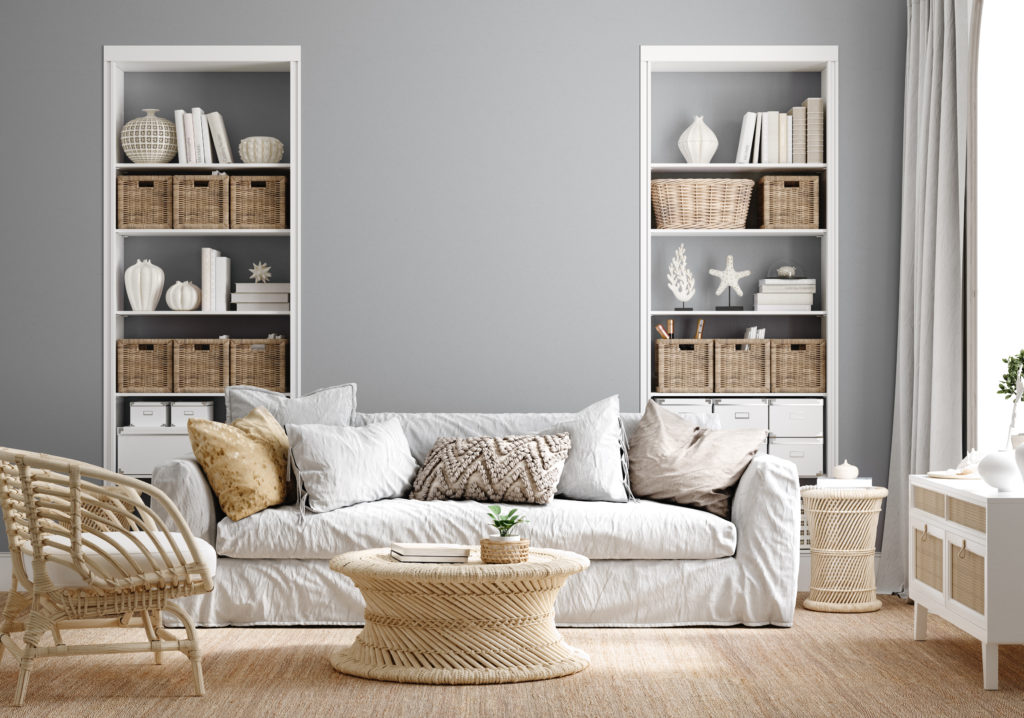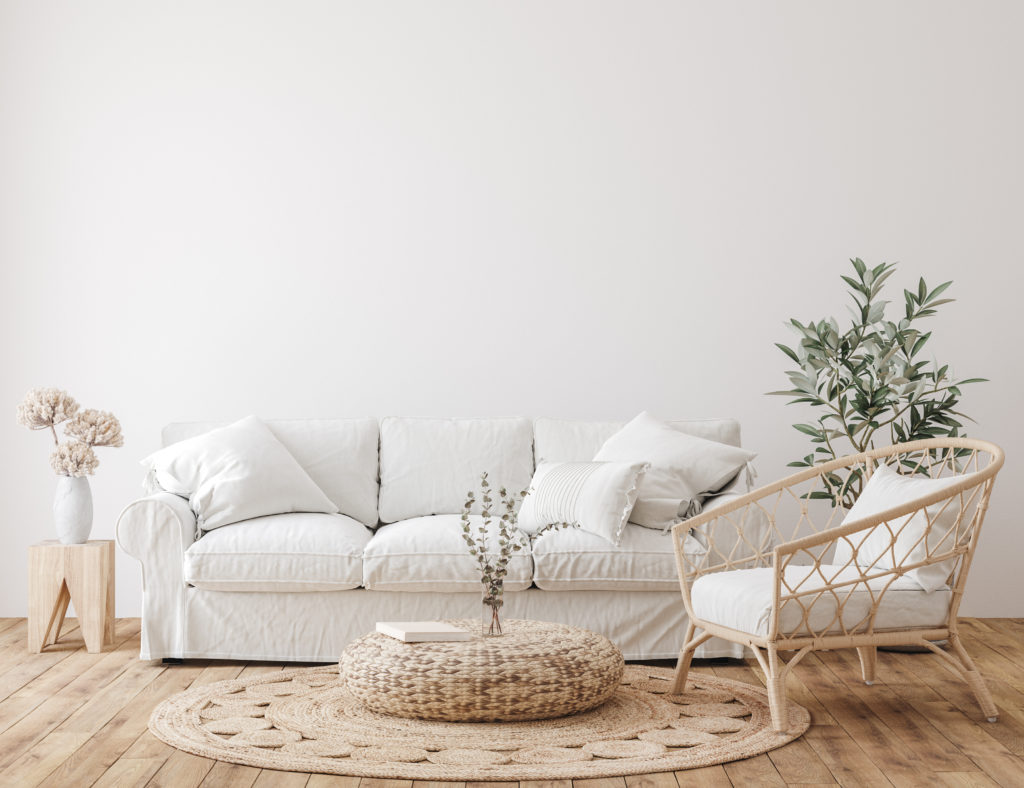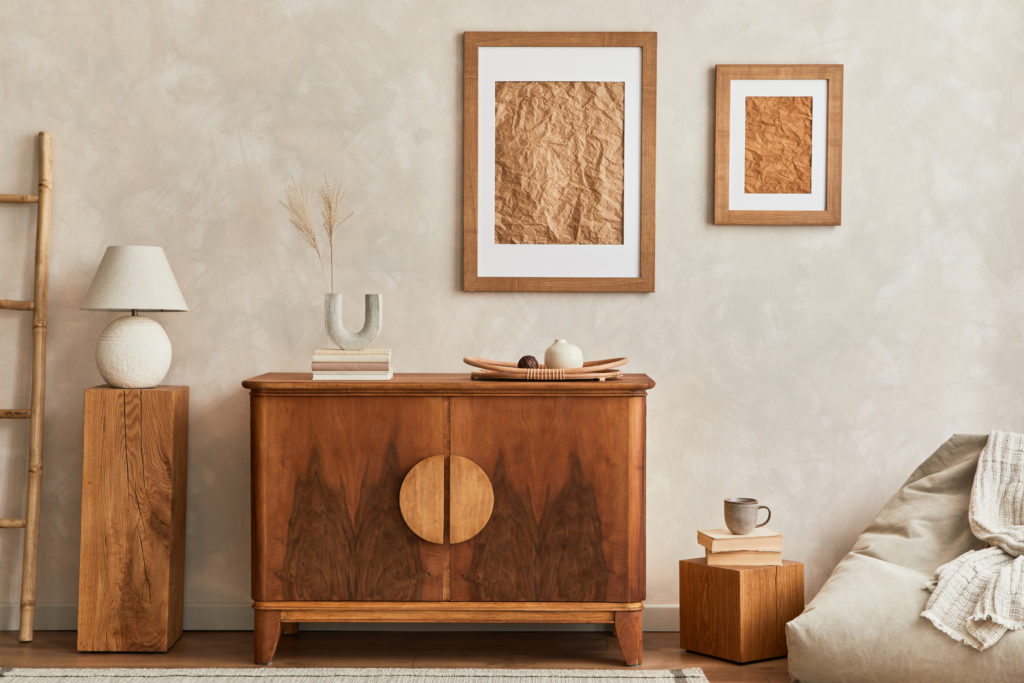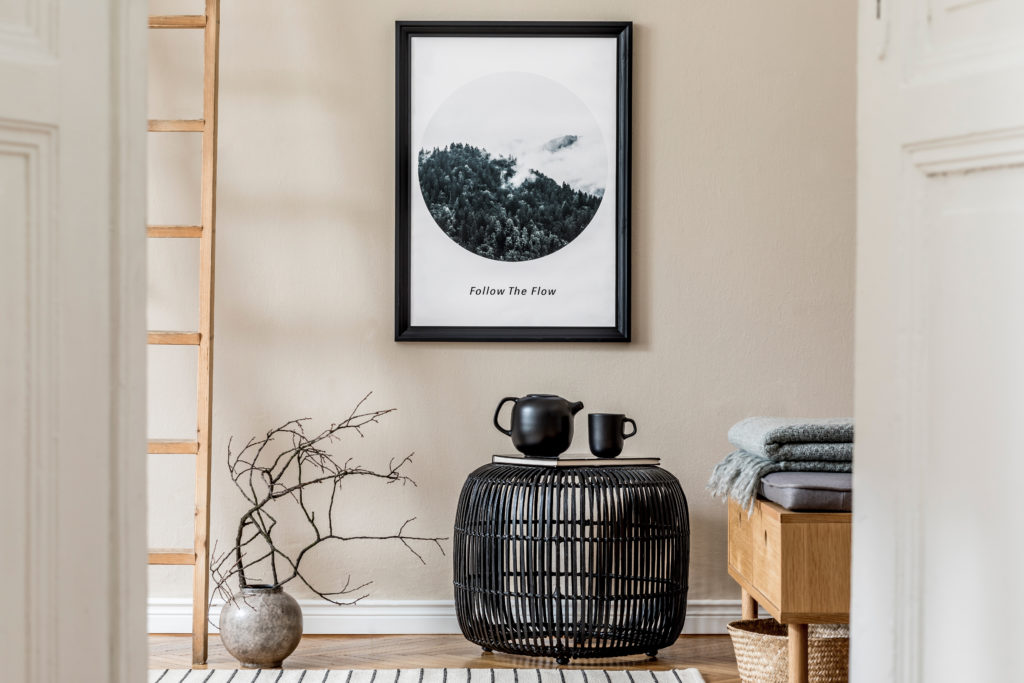Is Japandi the new trend for 2022?
New Word Suggestion a trend in interior design that combines elements of Japanese and Scandinavian styles
(Check out: Japandi)
Citation: A mash-up of elegant Japanese minimalism and rustic Scandinavian simplicity, Japandi is a hybrid trend bringing together the best bits of two much-loved styles.
You may not think that Japan and Scandinavia have a lot in common, but when it comes to design elements, they’re more similar than you may think. Each one’s aesthetics focus on simplicity, natural elements, and comfort, so it’s no surprise that we’re seeing more and more designers combine the two looks together and calling it “Japandi” (aka Japanese and Scandi). Though a relatively new trend, expect to see Japandi pop up on your Instagram feeds this year.
The Key Elements of Japandi:
- Clean lines.
- Functional minimal furniture.
- Decluttered space.
- Natural materials.
- Combination of contrasting colours like pearl grey, sky blue, natural wood in dark and light shade, a hint of black, pale pink and white.
- Functional accessories.
Japandi is heavily focused on simplicity, creating a peaceful and warm environment with a minimalist layout.
What is Japandi Interior style?
Japandi is an interior style that works like a perfect marriage between simplicity and nature with the common interest of minimalism. Bringing the best from two different sides of the globe – Scandinavia and Japan, to one calming fusion called Japandi or Scandi-Japanese style.
Could this be the winning combo when it comes to mixing two styles? Minimalist functional design with a sprinkle of stylish decor pieces rather than abundance of decor.
First time I came across Japandi I thought, of course, these are two designs speak to each other on so many levels. Scandinavian is bringing simplicity through the lines of architecture and cozy, uncluttered décor, whilst the Japanese style is all about calming, elegant minimalism. These two are just meant to be together.
How Japanese and Scandinavian Styles Work Together?
If you’re familiar with Scandi design, you’re sure to have come across the notion of “hygge.” This is the Scandinavian concept of coziness in design and has found increasing popularity in the U.S. over the past few years. Basically, your home should be your sanctuary and provide a feeling of comfort every time you walk in the front door.
Now, fuse that idea with the Japanese notion of “wabi-sabi,” or the idea that there is beauty in imperfection, and you create the design marriage that is Japandi. Japanese and Scandinavian design styles work so well together because they are both rooted in minimalism and comfort. The shared aesthetics of the two come together to create a style that is both easygoing and sophisticated.
And where the two approaches diverge, their differences actually complement each other. Where Japanese interiors are sleek, Nordic ones are rustic. The richer (but still neutral) colors of Japanese design help to keep the stark, crisp palettes of Scandinavian homes from feeling clinical or cold.
Because Japandi design is focused on craftsmanship, it’s not meant to be throwaway. Look for pieces that will stand the test of time and work with your decor for years to come. It’s a clear antidote to the one-time-use culture we have embraced for so long. Instead, focus on pieces that are sustainable and safe for our planet.
Though both Japanese and Scandi decor aren’t new, the combination of the two is sure to be a rising trend over the next few years.





